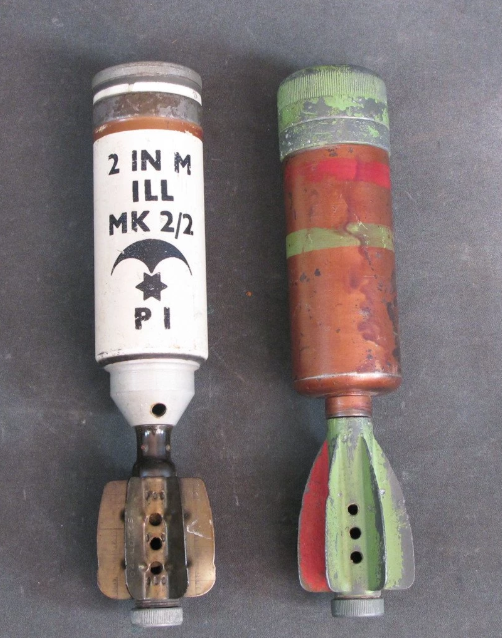Unexploded mortar bomb found in remote area of Scotland
A forestry team have unearthed a mortar bomb in rural Scotland. The incident occurred near Blairgowrie (Perth and Kinross), on a site that used to be an artillery firing range.
Faslane Royal Navy base dispatched an Explosive Ordnance Disposal (EOD) team to the site. The incident occurred in an isolated location and required an hour long walk from the nearest road.
The terrain and isolation meant that the device did not require removal. The EOD engineers choose instead to blow it up in situ, using a small explosive charge.

The History of UXO in Rural Scotland
Scotland is home to vast areas of unused, sparsely populated land which makes it perfect for military training. In recent years, the boom in onshore wind energy has seen an increase in construction activity within rural Scotland. This has resulted in UXO finds in some areas which had been left untouched since the 1940s.
The War Office requisitioned large areas of private land in 1940. This was in response to the threat of a German invasion of England. This led to much UXO contamination of civilian land.
British Mortar Bombs
This UXO find is highly likely to have been one of four British WW2-era mortar calibres; 29mm, 2 inch, 3 inch or 4.2 inch. The former was predominantly a Home Guard weapon and the latter three were mainly used by the British Army.
A mortar is a simple infantry weapon. It fires a projectile in a high-arcing trajectory at low velocity. Mortar shells are usually cylindrical or teardrop-shaped. They deliver a range of effects including smoke, chemical and illumination.
A mortar bomb relies on a striker hitting a detonator for the charge to ignite. Any malfunctioning striker can remain in a very fragile condition.

UK UXO Services
Brimstone is the fastest-growing UXO risk management company in the UK. We offer assessment, survey and investigation services using a multitude of new technologies.
Keep up to date with Brimstone UXO by following us on Facebook, Instagram, Twitter, LinkedIn and YouTube.